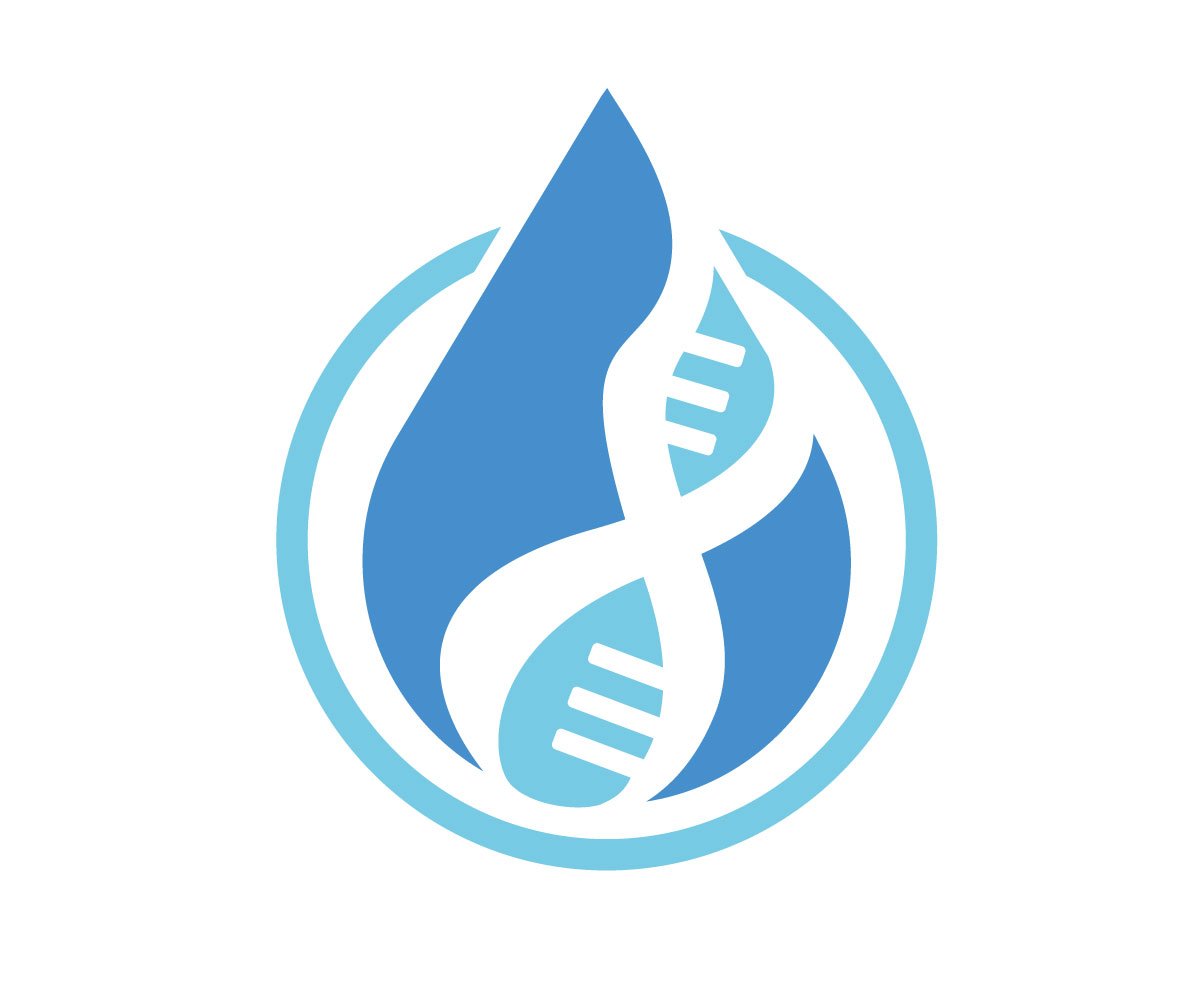Filtering a Promethease Report: One Genetic Counselor’s Strategy
There's no right or wrong way to filter through the results of raw genomic data and no professional standards or guidelines about how to do. So I've come up with my own strategy for how to do it out of necessity. It's a common request I receive, and in my quest to help people get proper genetic counseling and the appropriate follow-up testing and/or recommendations, I'm happy to try to help.
There are many reasons you should not rely on a Promethease report or consider raw data to be accurate health information, which I've written about in prior blog posts (and posted a video on YouTube) in the past:
https://www.watersheddna.com/blog/8-key-points-about-raw-data-files
https://www.watersheddna.com/blog-and-news/raw-data-what-is-it
https://www.watersheddna.com/blog-and-news/thirdpartyversusclinicalreport
https://www.watersheddna.com/blog-and-news/thoughts-on-promethease
But don't just take my word for it! Also consider the warnings from the companies and tools themselves, like this fine print on one page of the 23andMe website:
"This data has undergone a general quality review; however, only a subset of markers have been individually validated for accuracy. As such, the data from 23andMe's Browse Raw Data feature is suitable only for research, educational, and informational use and not for medical, diagnostic or other use."
I know many people will try to make use of their raw data anyway, so here is my guidance for the folks turning to Promethease. **Again, I want to emphasize this is only one approach, and until there are standards I am not claiming this guidance as personalized medical advice for readers in any way.**
BRIANNE'S FIVE STEPS TO FILTERING A PROMETHEASE REPORT
Scroll down to the bottom of the report page and set the visualization tool to the "colorblind" setting.
Set “Magnitude” at a minimum of 3.0 and leave maximum at its standard setting (4+).
Scroll down to the bottom to the ethnicity section (at the bottom right), and uncheck all the ethnicities that do not describe you.
Toggle the “ClinVar” button on and off to see what stays and goes.
Review what is remaining and decide for yourself if the finding(s) concerns you.
The first step is optional, but I recommend it because I've found that viewing the genetic markers listed on a Promethease report using the default color setting (red is listed as "bad" and green as "good") can be psychologically misleading and distressing to some people. This report isn't diagnosing you with medical issues, nor is it predicting your future. The genetic markers ("SNPs" or "snips") are simply risk-adjusters. And on top of that, raw data findings can be wrong. Before you believe what you see, find a genetic counselor and seek out a confirmation test from a clinical testing laboratory for anything remaining and concerning to you after you filter through the data.
Is your raw data from an Ancestry.com test? If you used a raw data file from recent testing through AncestryDNA (the v2 version of their testing platform), be aware that Promethease/SNPedia is reporting many findings as probable miscalls (in other words, false positives). Also, many of the SNPs appear to be missing from the data for unclear reasons.
These types of blips with raw data happen with other companies' data as well, not just Ancestry's. Make sure you click on each finding in your report before making any conclusions about what you see. Some of the information, such as whether a finding is thought to be a probable miscall, is only visible once you open up the summary about the genetic marker.
What next?
If you have any markers still remaining after filtering -- and especially if any relate to conditions already in your personal or family medical history -- I recommend you consider scheduling follow-up with a genetic counselor who is familiar with raw data and third party tool reports. You might have to shop around to find one because there aren't too many of us (at least not yet).
Genome Medical is one service that will see patients with questions about specific SNPs and raw data findings associated with health conditions. Genome Medical offers counseling via phone or video and can discuss the potential impact of that marker on your health and order follow-up confirmation testing if appropriate. They do not currently work with patients to filter data or review the entire raw data file, so you will need to have already done the filtering process yourself.
Some companies, like Color Genomics, offer affordable testing for some confirmation tests.
If you are someone who prefers an in-person type of interaction, you might search for a genetic counselor at a clinic near you. Start at findageneticcounselor.com and search based on location or the genetic counselor specialty (cancer, cardiovascular, reproductive, etc.). Some geographical areas and hospital systems may have a genetic counselor able to assist you and others may not.
Want help with the filtering process or guidance for what to do next after you're done? I'm happy to assist!
-Brianne
Search for available appointment spots and sign up for one here: https://www.watersheddna.com/schedule . Your state of residence may determine if I can work with you, and if I can't help you (due to a licensing restriction in your state), I'll refer you on to someone who can. I'm unable to serve those who reside outside of the United States at this time.
Conflict of interest declaration: I do not profit if any testing company receives business as a result of what I say or write. I used to be a part of the network of genetic counselors at Genome Medical, thus I know and respect the policies they set surrounding DTC testing and raw data. I am not affiliated with Ancestry.com, Color Genomics, or any genetic testing company, and I do not get kick-backs if you test with any of them. Just so you know!

